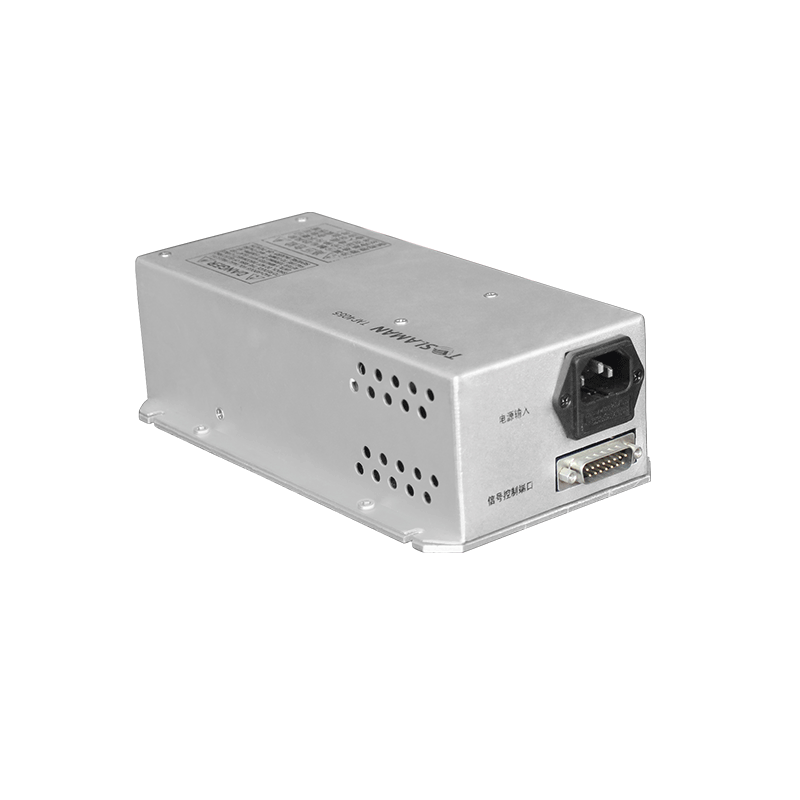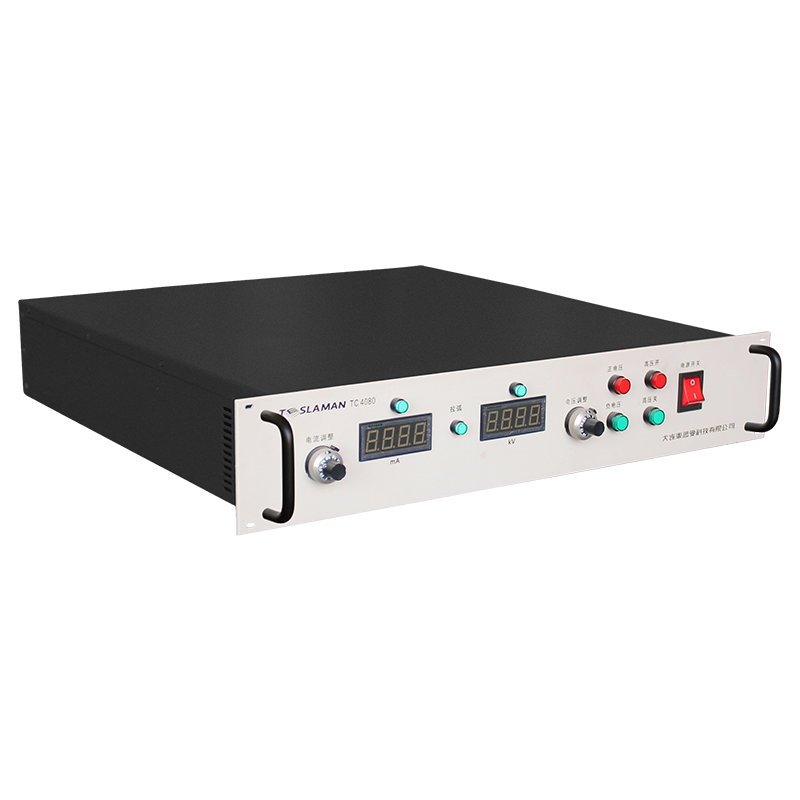Fundamental Analysis of Quantitative Accuracy in High Voltage Power Supplies and Technical Implementation Approaches
The quantitative accuracy of high-voltage power supplies, as a core performance indicator, directly determines their application tier in precision instruments, detection equipment, and scientific research facilities. This article systematically analyzes critical factors affecting output accuracy from three perspectives: error source tracing, dynamic compensation mechanisms, and metrological verification, while exploring technological evolution paths for quantitative control.
1. Reference Traceability System and Static Error Modeling
Static accuracy is constrained by the temperature coefficient and long-term stability of reference voltage sources. A hybrid architecture combining low-drift Zener diodes (<0.5ppm/℃) with Josephson junction arrays confines absolute error within ±0.003% at 10kV ranges. Experimental data show that after 2000 hours of continuous operation, aging models based on Monte Carlo methods predict only 1.2×10^-6/kh deviation in resistive voltage dividers, significantly outperforming the 5×10^-5/kh degradation rate of single-reference systems. In X-ray fluorescence spectrometers, this design achieves 0.0015% daily voltage stability, complying with ASTM E1621-13 standards for elemental analysis.
2. Real-Time Compensation Under Dynamic Loads
Voltage sag caused by load transients represents a primary dynamic accuracy disruptor. A third-order closed-loop control strategy with feedforward ripple injection algorithms reduces recovery time to 15μs for 10%-90% load steps while suppressing overshoot below 0.05%. In semiconductor ion implanters, when beam current fluctuates ±30%, digital adaptive PID tuning lowers transient voltage deviation from 0.8% to 0.12%, enhancing doping uniformity to 99.7%.
3. Quantitative Suppression of Electromagnetic Interference
Common-mode noise induces nonlinear low-frequency disturbances. Synchronous coherent detection-based noise separation technology improves signal-to-noise ratio by 83dB within 1MHz bandwidth. Tests confirm that dual-layer orthogonal magnetic shielding with π-type RC filters attenuates 50Hz-100kHz spurious components to 0.8μVrms at 3kV/100mA operation, enabling 10^-8 N resolution in electrostatic suspension accelerometers.
4. In-Situ Calibration and Metrological Verification
Online calibration must address broken traceability chains. A quantum Hall resistance-based bridge comparison system achieves in-situ verification with 0.2ppm uncertainty at 30kV ranges. In synchrotron radiation facilities, joint calibration using dynamic voltage ratio devices (DVR) and standard pulsed-field probes stabilizes electron gun voltage phase synchronization error below 0.03°, improving beam timing resolution to 200fs.
Current challenges focus on accuracy maintenance across wide temperature ranges (-40℃~85℃). Traditional high-voltage dividers exhibit 0.3% gain drift over 100℃ variations, necessitating bimaterial thermal expansion compensation structures. Future advancements will integrate deep learning compensation algorithms, where LSTM networks predict component parameter drift, potentially reducing full-temperature-range errors below 0.005%.




















